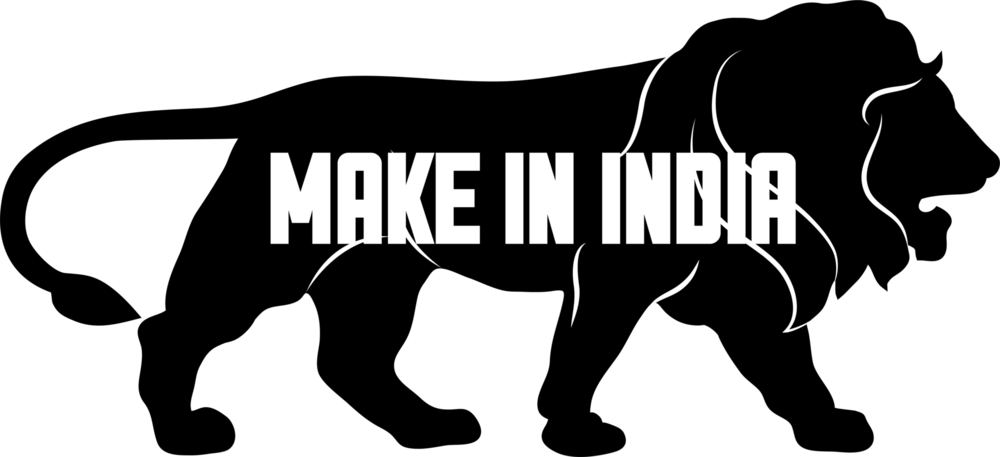INTRODUCTION–
It is often confused with xanthoma but the basic difference is the location of the fatty lumps, so when it is present over the eyelids then it is known as XANTHELASMA and when it is found over hands, buttocks, joints, tendons, elbow, etc. anywhere else then it is known as XANTHOMA.
They are defined as yellow fatty deposits of lipid under the skin on or near the eyelids. They are the indicators of high cholesterol levels as well as underlying pathology related to heart in our body. So, however they appear to be harmless in first glance but they need proper attention to get rid of them.
ETIOLOGY–
The exact causation is still not established in medical world but it is linked with hypercholesterolemia/ hyperlipidemia associated with inheritance as it is passed from generation to generation as many cases are linked with genetical disposition.
RISK FACTORS–
Anyone can be at risk to have it as it is linked to issue of high cholesterol in blood which is very common now a days but still its probability become higher if –
1)Smokers are at high risk than non-smokers.
2)Already suffering from hypertension or diabetes.
3)Overweight individuals.
4)Women more than men.
5)Lifestyle issues leading to high fat diet (fast foods.etc.) which leads to high cholesterol in blood.
DIAGNOSIS–
Most of the cases are diagnosed clinically by examining the area by looking and further laboratory examination are carried out to confirm the lipid levels and to rule out any other major health issue and if present in case then they are managed separately.
TREATMENT–
It is a reversible condition which do not goes away on its own even they have tendency to grow even more if not managed, in many cases even after getting removed by surgical procedure for cosmetic reasons it can appear again if the cause remains there (most of the cases hypercholesterolemia), also potential side effects are often scarring, alteration in skin pigmentation, etc.
Other treatments other than traditional surgery are-
1)Laser removal surgery (most popular one )
2)Cryotherapy (cold)
3)Electric needle therapy (Heat)
4)Peels (chemicals).
PREVENTION–
1)Diet plays a very important role in control as well as prevention as low-fat diet is prerequisite of controlling high and bad cholesterol in body of any individual. Also avoid saturated fatty foods like fried foods, butter, etc.
2)Remain physically active and exercise regularly (brisk walking daily for at least 30 min is recommended) in order to burn out excessive fat as well as to prevent accumulation of fat in long run.
3)Smoking and drinking must be avoided completely if possible as it is an early sign of heart disease and these can further complicate the health conditions or even accelerate the disease in most of the cases.
3)Take prescribed medication for controlling cholesterol other than diet and exercise if there is family history or already undergone surgery for removal as it can reappear if cholesterol levels are not managed properly.
4)Last but not the least consult the family physician regularly and do full body check-ups after the age of 30 once a year to know your health status and to manage them if needed.
HAPPY LEARNING
Contributor- Dr. Apurva Varangi




